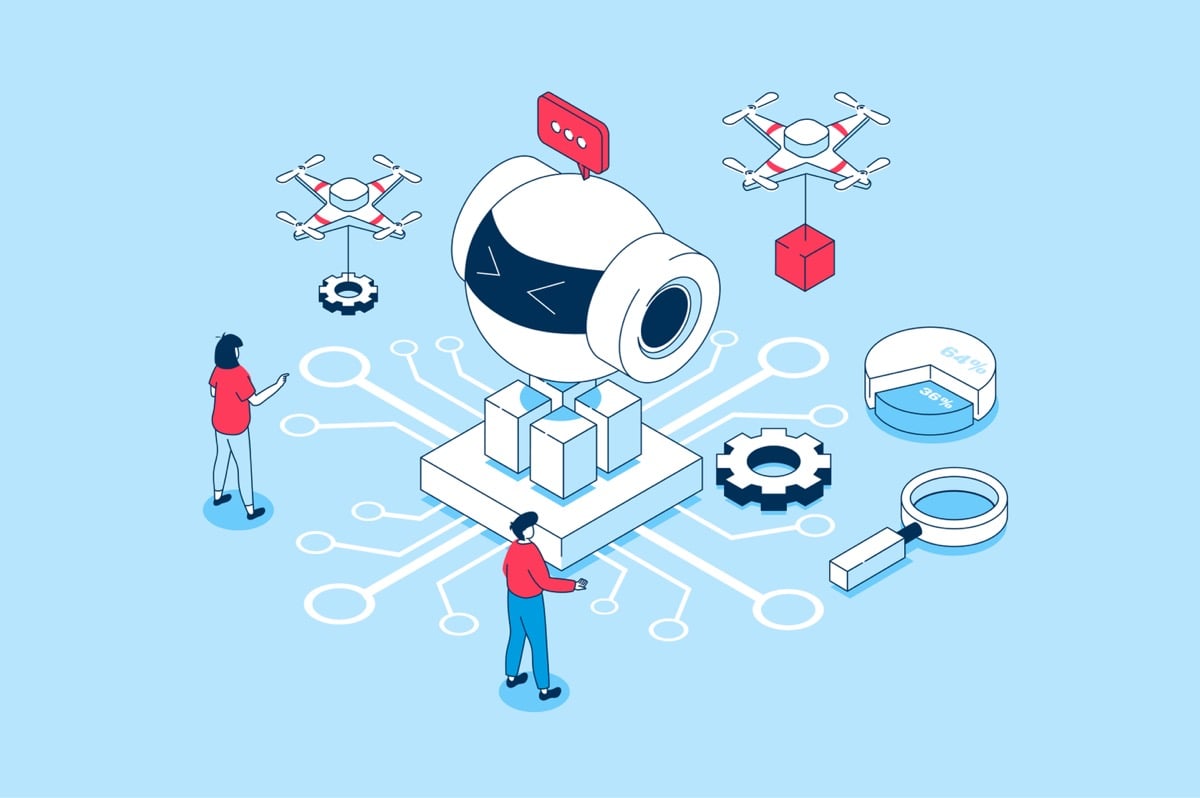After a public backlash against AI-related terms and user threats to leave Zoom, the video conferencing platform updated its terms of service

The popular video conferencing platform Zoom has explained how its terms of service and practices apply to AI features. The related post came in response to customer concerns over its AI-related terms of service.
The platform’s terms of service were updated in March to include information about AI. Namely, the terms state that service-generated data may be used for “machine learning or artificial intelligence (including for the purposes of training and tuning of algorithms and models).” The problem was that there was no opt-out option.
Widespread backlash forced Zoom to make another update, now clarifying that “Notwithstanding the above, Zoom will not use audio, video or chat Customer Content to train our artificial intelligence models without your consent.” Besides, the firm states that practices and handling of education records, pupil data, and protected healthcare data are controlled by separate terms and applicable laws.
The AI services which will use customer data include Zoom IQ Meeting Summary and Zoom IQ Team Chat Compose. These two new tools offer automated meeting summaries and generative AI-powered chat composition. The tools can draft emails and chat messages and provide AI-powered conversation analytics, including transcription highlights as well as sentiment and engagement scores. Both features are optional, so their use is enabled/disabled by account owners and chat adinistrators.
Moreover, the tools have a separate transparent consent process for training AI models with customer content. Zoom promises that such content will be used only to improve the performance and accuracy of these given AI services, but not for training of any third-party models.
At the same time, certain information about how Zoom customers use the platform (e.g. telemetry, diagnostic data) can be leveraged for service improvement, testing and training purposes without additional notifications. According to Zoom, this type of data is referred to as “service-generated,” while user content (video, audio, etc) belongs to customers who have exclusive rights to own and control it.
As we have reported earlier, Zoom started cooperating with the AI firm Anthropic in May. Currently, the company is actively looking for ways to integrate as many generative artificial intelligence functions as possible into its products. The first step was to introduce the Claude chatbot on Zoom internal platforms to assist contact center operators.









